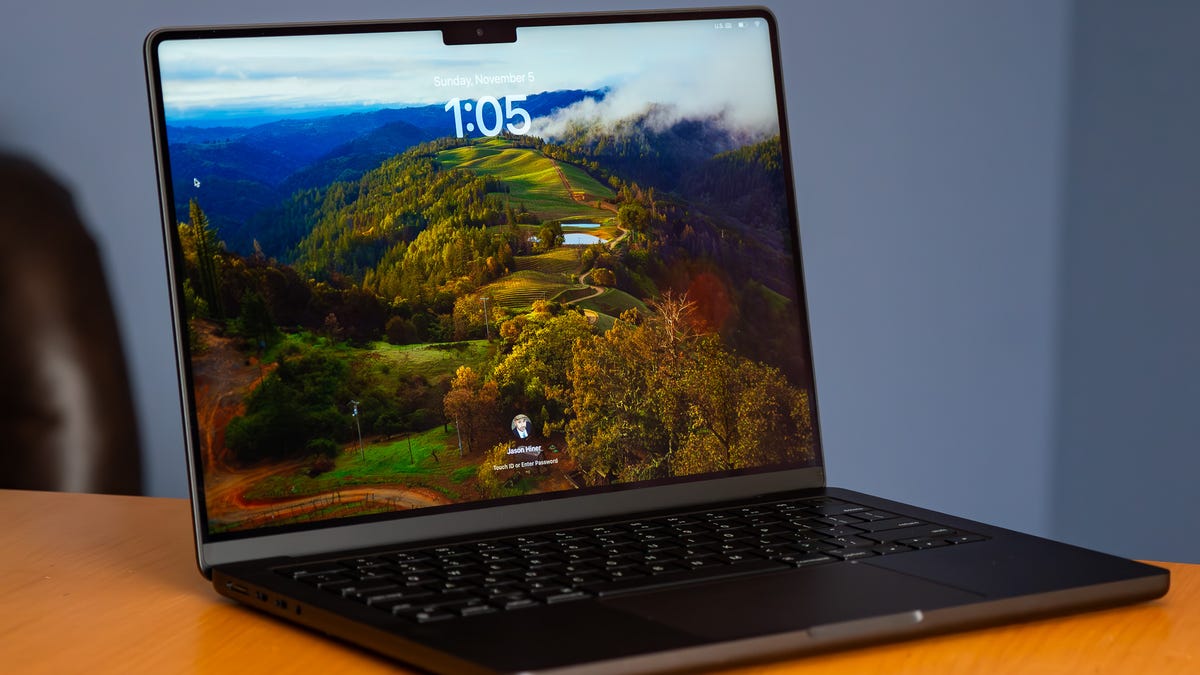If you’d like to test Apple’s upcoming software for the Mac line, here’s how to get your hands on the pre-release version.
This week at WWDC
Apple announced a host of new features for MacOS 15 Sequoia, including screen mirroring, Apple Intelligence-infused Siri, and a dedicated password app. Although MacOS Sequoia won’t be available until Fall this year, you can download the pre-release version right now to be involved in the beta.
Also: Everything Apple announced at WWDC 2024, including iOS 18, Siri, AI, and more
Keep in mind that the pre-release version of Sequoia is not a finished product, and bugs are not only expected but part of the testing experience. Also, there are a few hoops you’ll need to jump through first, including verifying that you have enough storage space on your Mac and then registering to get access to Apple’s developer beta program.
Lastly — and this goes for downloading any pre-release software — I highly recommend backing up your system. There are a few ways to do this, depending on which one works best for you. Once you’re ready, the process consists of two parts:
1. Register your device with the Developer Beta Access Utility
- Download the MacOS Developer Beta Access utility from Apple’s Developer page.
- Run the Developer Beta Access app and sign up to get access.
- This enables Developer Betas to be downloadable from the Software Update app in your device’s System Settings.
A restart may be required.
Also: Here’s every MacOS 15 Sequoia feature announced at WWDC 2024
2. Download the beta version of MacOS 15 Sequoia
- Open System Settings > General > Software Update, then click the info button next to “Beta updates.”
- Select the MacOS Developer beta.
- Click “Done.”
- Approve the download of the installation.
Once beta access is made open to the public in July, the process will be identical, without the caveat of first registering with the developer utility.
Also, ensure that you have MacOS 10.8 or later, as the beta access utility won’t work on earlier versions of the operating system.
Source: ZDNet


